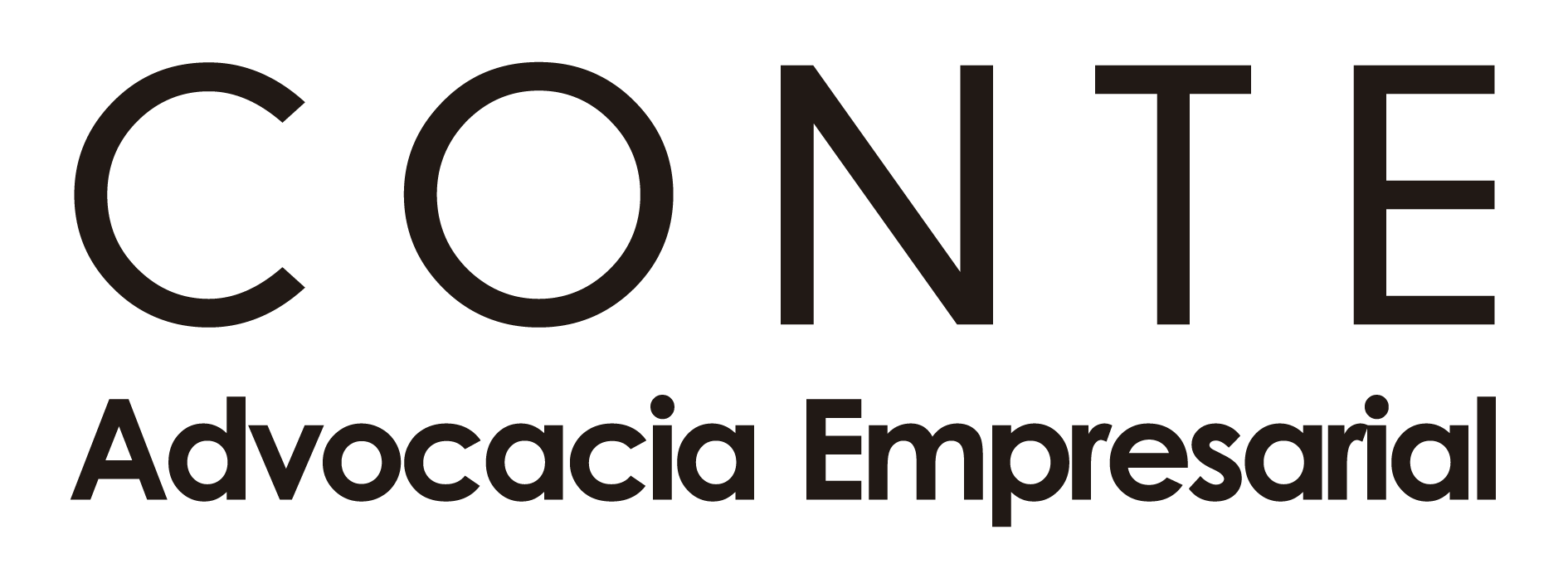By aligning your petty cash management practices with your overall financial objectives, you can unlock synergies and maximise the impact of your cash reserves. Safeguarding your petty cash fund is a critical responsibility that requires a multi-faceted approach. From physical security measures to digital controls, let’s explore the strategies that can help protect your business’s cash reserve. Regularly reviewing the utilisation of your petty cash fund is essential for maintaining optimal efficiency.
The Best Order Fulfillment Companies For Ecommerce 2025
- The next shipment of milk from the supplier is scheduled to come within the next 48 hours.
- However, bigger companies will appoint a middle-level management employee to be the custodian.
- As you make each payment, you will need petty cash slips or a transaction list.
- Or, you may burn through your petty cash so quickly and often that it requires setting a higher replenishment point to ensure you do not run out at a vital point in the future.
Segregation of DutiesAssigning different individuals to handle cash disbursement, approval, and record-keeping minimizes the risk of fraud and errors. For example, the custodian distributes cash, while another employee reviews and approves transactions. This division of responsibilities enhances accountability and reduces conflicts of interest.
HighRadius Named an IDC MarketScape Leader for the Second Time in a Row For AR
Petty cash proves that sometimes, even the smallest tools can make the biggest difference. The petty cash balance is present on the company balance sheet with cash in the bank and cash on hand. Since petty cash funds can resolve scenarios with readily available cash, this can be considered as providing economic benefits. For this reason, your custodian will fill out a receipt when disbursing money to ensure that the total money will add up to the initial amount of your petty cash fund. Lastly, you must regularly review and reconcile your petty cash funds, so you can ensure that the money spent is always repaid. Be sure to investigate and review any discrepancies as soon as they are discovered.
Recording Petty Cash
The common small expenditures include office supplies, kitchen supplies, change for the clients, or other small purchases. If you’re looking to efficiently manage your petty cash fund, Grof Expense Management can simplify the process. With Grof, you can access your financial information on the go, saving both time and money. This powerful tool ensures accuracy, transparency, and control over your company’s expenses, helping you streamline financial management with ease. Petty cash facilitates employee reimbursements for small out-of-pocket expenses.
Everyday Business Expenses
Regularly auditing your petty cash fund, either through internal reviews or with the assistance of a third-party accounting professional, can help identify any discrepancies or irregularities. These audits not only safeguard your assets but also reinforce a culture of financial responsibility and transparency within your organisation. Petty cash refers to a small amount of cash kept on hand for minor business expenses. It functions as a convenient way to handle small transactions without disrupting financial operations. Hence, documenting all of your petty cash transactions maximizes the opportunity to take advantage of the tax deductions available for those expenses.
Creating, maintaining, and enforcing a robust petty cash management system establishes vital internal controls. This ensures accurate recording, reconciliation, and visibility into expenditures. While individual amounts may seem small, cumulatively, they impact financial statements. A few hours later, the HR team approaches Ananya to request funds for a surprise birthday cake for an employee celebrating their work anniversary. Raising a formal payment request for such a minor expense would be overkill, so petty cash comes to the rescue again.
Understanding Imprest Funds
A petty cash fund is a nominal amount of money a business keeps on hand for small expenses. Larger corporations often make petty cash disbursements by department, putting each team in charge of its own funds. The businesses are still using petty cash funds and will continue to use them to simplify small expenses and day-to-day operations.
With expert bookkeepers who are reliable, caring, and resourceful, you can trust our team. For example, if they typically keep $100 in petty cash, they may have a rule to replenish it once the available balance reaches $50. At a certain point, the petty cash will be running low and must be replenished so there’s enough available for future purchases.
Management
Instead of having petty cash on hand, your team can use Ramp’s corporate cards to cover everything from recurring bills to the smallest business expenses. When you return to the office, you put the change from the purchase back in the cash drawer and register the amount spent in a cash log, whether digital or paper. If all goes according to plan, accounting includes this cash log when they close the books.
- Since credit cards and e-payments are more common nowadays, petty cash funds are no longer necessary for a healthy business spending culture.
- Monitor the frequency and size of withdrawals to determine if the current fund size is appropriate.
- Start by deciding how much money you will need each day, both to make change for customers and to make small cash payments.
This flexibility allows you to seize opportunities and navigate unexpected circumstances effectively, regardless of payment preferences or requirements. If petty cash you use the petty cash account to make change for customers, you will need to do a mini-audit at the end of each day. Start with beginning balance, cash in, cash out compared to transactions, and ending cash.


Deixe um comentário